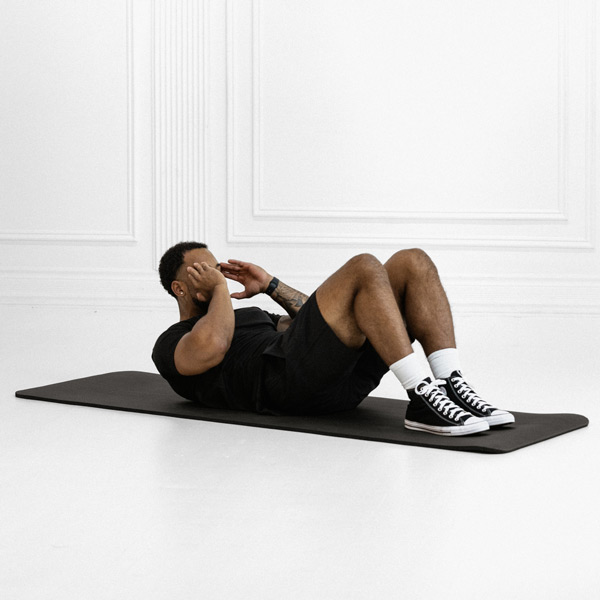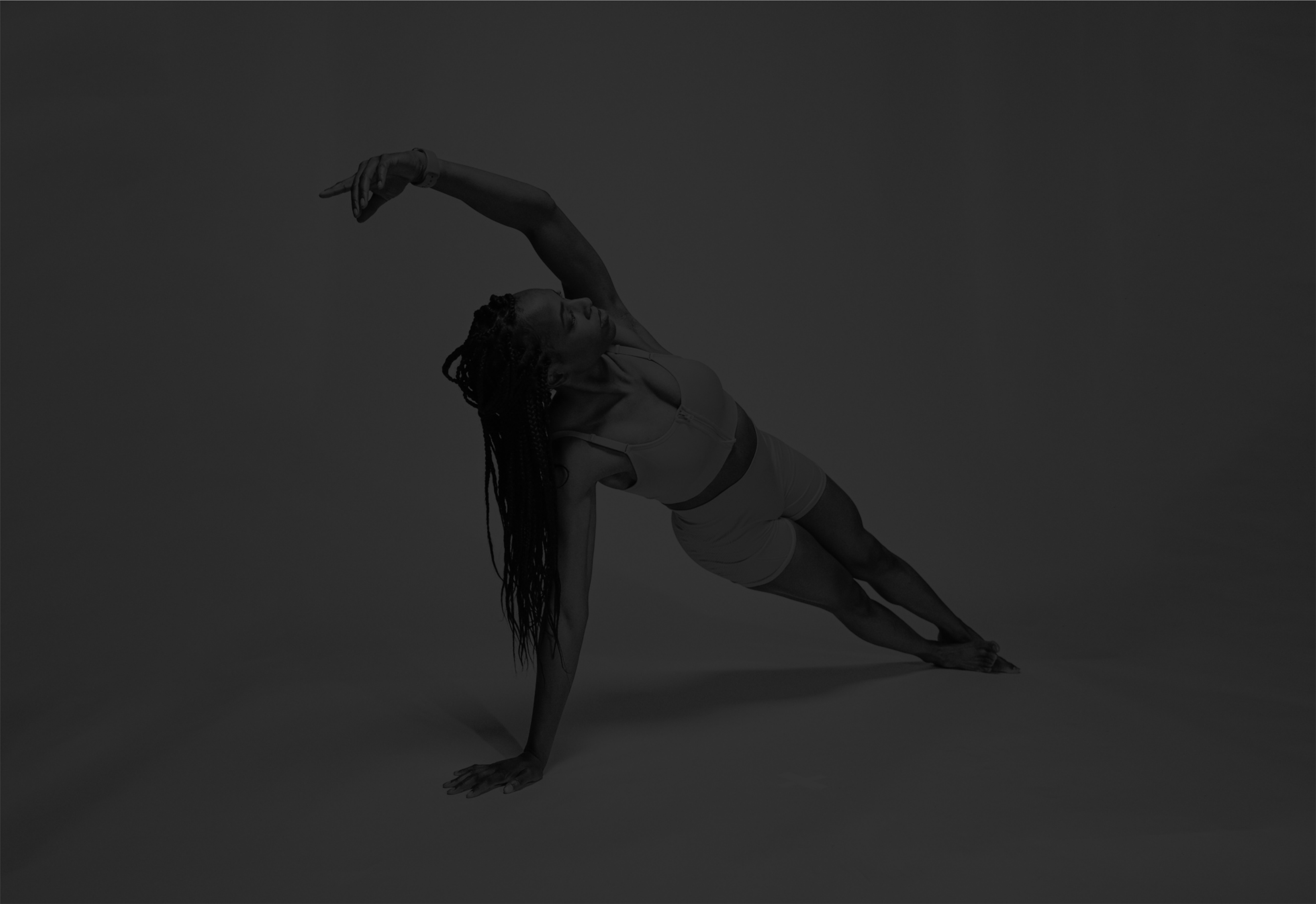Reverse Crunch
 Auto Detected
Auto DetectedBodyweight core exercise curling hips toward chest, targeting lower abs and obliques for strength and definition; suited for those preferring less neck strain than traditional crunches.
About Exercise
Equipment
Difficulty
2/5 • Beginner
Primary Muscle Groups
Abs
Secondary Muscles
Hip Flexors, Abs
Popularity Score
8
Goals
Training Style
Setup Requirements
Requires Rack
No
Requires Bench
No
Requires Spotter
No
Space Needed
Small
Noise Level
Low
Muscle Breakdown
View Muscle MapAbs
10/10Rectus Abdominis
Obliques
7/10External Obliques, Internal Obliques
Hip Flexors
5/10Iliopsoas
Abs
4/10Transverse Abdominis
Programming
Typical Rep Range
10-25 reps
Rest Between Sets
30-60 seconds
How to Perform
Lie flat on your back on a mat with arms by your sides, palms down. Bend knees to 90 degrees, lifting thighs perpendicular to floor and shins parallel.
- Engage lower abs and exhale as you curl pelvis off floor, drawing knees toward chest.
- Keep knees bent at 90 degrees throughout the lift.
- Pause briefly at top to squeeze abs.
- Inhale and slowly lower hips back to start without arching lower back.
- Maintain tension in abs, keeping lower back pressed to floor.
Coaching Tips
Form Cues
- Curl from abs, not momentum.
- Press low back down.
- Squeeze at top.
- Knees track straight.
Breathing
Exhale during the hip lift and contraction; inhale as you lower back to start. Brace core throughout.
Tempo
2-1-2
Range of Motion
Lift hips until tailbone clears floor and knees approach chest; lower until lower back contacts mat without full leg drop.
Safety
Safety Notes
- Avoid if you have acute back or neck injuries.
- Consult professional for pregnancy or post-injury.
- Stop if sharp pain occurs in back or neck.
- Use hands under hips for support if needed.
Spotting
Not required for bodyweight exercise; perform in controlled environment.
Common Mistakes
- Swinging legs with momentum.
- Arching lower back.
- Letting feet touch floor between reps.
- Pulling on neck.
When to Avoid
- Acute back or neck injuries
- Pregnancy
Flexibility Needed
- Adequate lumbar mobility for pelvic tilt
- Shoulder flexion for arm stability
Build Up First
- Basic core engagement competency
- Familiarity with standard crunch form
Also known as
Reverse Abdominal Crunch, Hip Lift Crunch
Found this helpful?
Share your thoughts or help us improve this guide.
Similar Exercises
Plate Reverse Crunch
Plates
Abs
Dumbbell Reverse Crunch
Dumbbells
Abs
Kettlebell Reverse Crunch
Kettlebell
Abs
Balance Trainer Reverse Crunch
Balance Trainer
Abs

Crunch

Bodyweight
Abs

Balance Trainer Single-Leg Crunches
Balance Trainer
Abs
Plate Crunch
Plates
Abs

Cable Crunch

Single Cable Machine, Rope Cable Attachment
Abs
Crunch Kicks
Bodyweight
Abs
Double Crunch
Bodyweight
Abs


subscribe to our newsletter
Contact Us
hello@trainfitness.aiFind Us
130 Spadina Avenue, Toronto,
Ontario, M5V 0H4, Canada
©2025 All Rights Reserved
